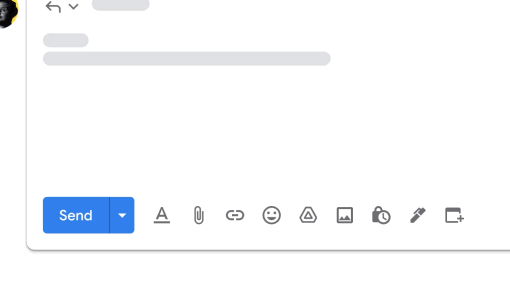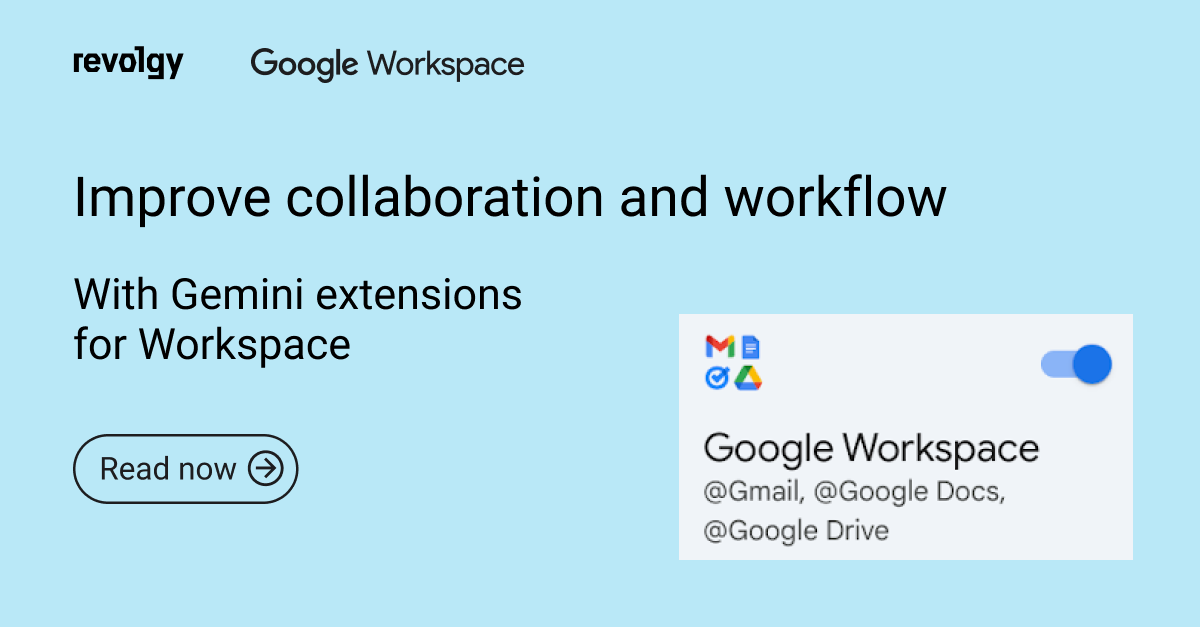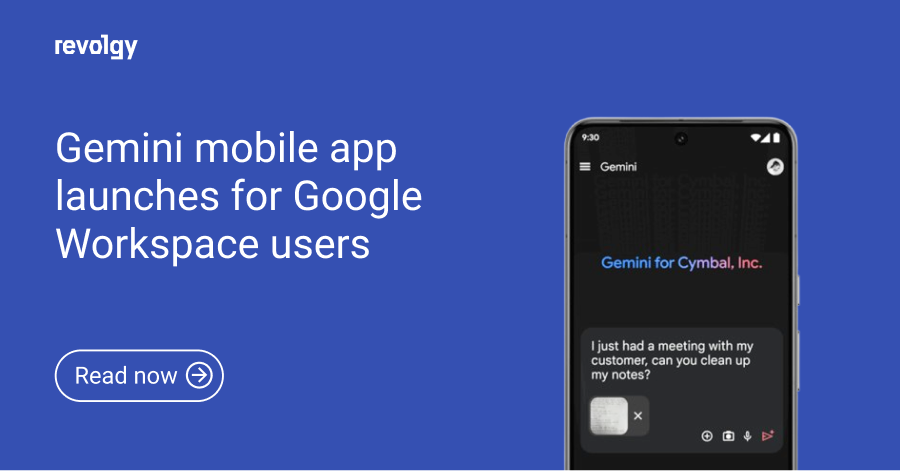Google Workspace
Google Workspace: Schedule meetings faster directly in Gmail
Google has introduced a new feature that allows users to negotiate meeting times directly in Gmail, rather than jumping back and forth between emails and Google Calendar.
According to Google, this feature is especially useful when scheduling time with customers, partners, or people in your organization whose Google Calendars are not visible to you. It helps you find convenient 1:1 meeting times with others more quickly and easily.

Credit: Google
As you draft an email, a new Calendar icon will appear that conveniently brings together all Calendar-related tasks. This allows you to:
- Offer times you’re free: With this option, your calendar will open on the right. You can pick and slot in potential meeting times straight from your calendar into the email, all without exiting Gmail. The email recipient can check these proposed slots and pick one straight from the email, which will automatically generate an email containing a calendar invitation.
- Create an event: This is a quick way to plan a meeting and share the event details. A calendar event setup will appear on the right side, with recipients and title automatically filled in from the email. A summary of the event is automatically inserted into the email body for seamless sharing. This feature was previously found in the three-dot menu at the top of the email conversation view.
The new feature will be automatically enabled and available to all Google Workspace customers and users with personal Google Accounts.
The update represents another step forward in Google’s mission to make collaboration and productivity seamless for its users. With it, Gmail continues evolving as a comprehensive communication, scheduling, and time management tool.
Find out more about useful Google Workspace’s features on our blog or contact us directly for a free consultation.
Revolgy can help you enhance your productivity with advanced Google Workspace tools, like our Gmail Signature Manager to streamline your email communications.
FAQs
Q1: What new feature has Google introduced in Gmail for scheduling?
Google has introduced a feature that allows users to negotiate meeting times directly within Gmail.
Q2: What is the main benefit of this new Gmail scheduling feature?
It helps users find convenient 1:1 meeting times more quickly and easily, avoiding the need to switch between emails and Google Calendar.
Q3: In what specific situations is this new Gmail feature considered particularly useful?
It is especially useful when scheduling time with customers, partners, or individuals within an organization whose Google Calendars are not visible to the scheduler.
Q4: How can users access the new meeting scheduling options within Gmail?
While drafting an email, a new Calendar icon appears, which brings together Calendar-related tasks.
Q5: What are the two main functions accessible via the new Calendar icon in Gmail?
The icon allows users to “Offer times you’re free” and "Create an event”.
Q6: How does the “Offer times you’re free” function work?
This option opens the user’s calendar on the right side of the screen, allowing them to select and insert potential meeting times directly into the email. The recipient can then choose a proposed time slot from the email, automatically generating an email with a calendar invitation.
Q7: How does the “Create an event” function work?
This option opens a calendar event setup on the right side, automatically filling in recipients and the title based on the email draft. A summary of the event details is automatically inserted into the email body.
Q8: Where was the “Create an event” capability located before this update?
The “Create an event” feature was previously found in the three-dot menu at the top of the email conversation view.
Q9: Will users need to manually enable this new scheduling feature?
No, the new feature will be automatically enabled.
Q10: Who will receive access to this new Gmail scheduling feature?
The feature will be available to all Google Workspace customers and also to users who have personal Google Accounts.



